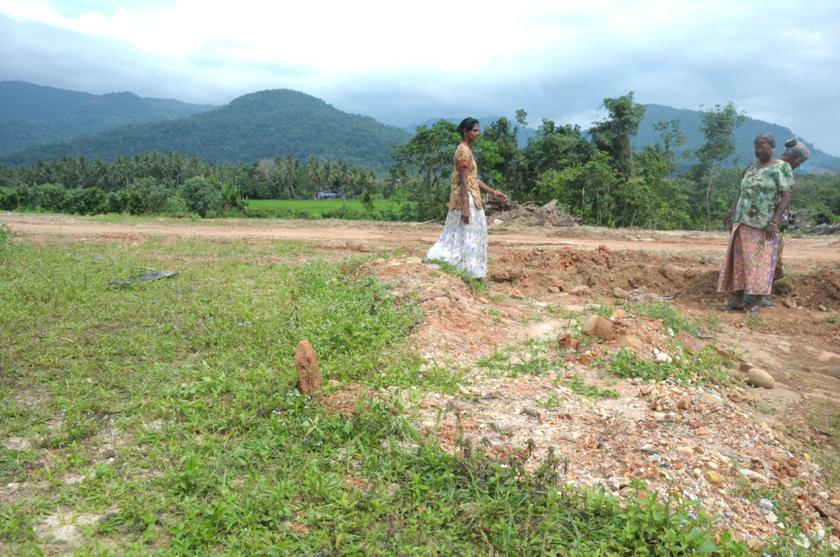KUALA LUMPUR, Dec 4 — Heritage status that could have saved a prehistoric temple ruin in Lembah Bujang from demolition was never granted because the Kedah state government has not responded to an application do so since 2006, a deputy minister told Parliament today.
Datuk Seri James Dawos Mamit, who was standing in for the Ministry of Tourism and Culture, explained that the tomb temples or candi could only be gazetted as heritage sites with the approval of the state government.
The temples were previously gazetted under the Antiquities Act 1976, but a subsequent application to gazette them as heritage sites under the National Heritage Act 2005 proved fruitless, James said.
“Application to the state government was made, but until now, there is no response from the state government,” the deputy minister of natural resources and environment said when winding up during the second reading of the Fees (Department of Museums Malaysia) (Validation) Bill 2013.
But the National Heritage Department is now studying the temple sites in Lembah Bujang to determine if the sites should be gazetted as heritage under the NHA 2005, he told Parliament today.
“And the (National) Heritage Department has also brought all these sites, the candi in Lembah Bujang under this Act so that the ministry can gazette all of Lembah Bujang later as heritage sites,” he later added.
Kedah Mentri Besar Datuk Mukhriz Mahathir took to Twitter earlier today to say only 17 candi found in the area have been registered, though research has unearthed 127 sites with 90 candi in Lembah Bujang, said to be the oldest civilisation grounds in the country.
The first-term MB had also said the state government has appealed to the Tourism and Culture Ministry to gazette over 100 archaeological sites as national heritage sites, yesterday.
Kedah has been under Barisan Nasional (BN) rule since the founding of Malaysia, save for the term between 2008 and 2013 when it lost the state to PAS before regaining it in the May 5 general election.
Today, James Dawos also said Malaysia can apply to the United Nations Educational, Scientific and Cultural Organization (UNESCO) to gazette Lembah Bujang as a world heritage site.
Agreeing with Puchong MP and Kuala Terengganu MP’s statements that enforcement was as important as granting heritage status for historical sites, the deputy minister said the NHA allowed for such enforcement.
The recent discovery of the demolition of candi number 11 at Sungai Batu, which is part of a giant complex of Hindu temples scattered throughout Lembah Bujang, triggered national anger at the treatment of the country’s historical monuments.
The demolition of candi number 11 was discovered by local historian Datuk V. Nadarajan and highlighted in local media by Penang Deputy Chief Minister II Prof Dr P. Ramasamy on November 30.
The developer involved reportedly said it did not did not know the historical significance of the candi, saying that its contractors had started clearing works in September this year and have since then discarded the stones.
Lembah Bujang is the richest archaeological site in Malaysia and the home of the oldest man-made structure recorded in Southeast Asia — a clay brick monument nearly 1,900 years old.
Excavations on the site have also uncovered jetty remains, iron smelting sites and relics with Hindu and Buddhist influences that point towards a Hindu-Buddhist kingdom there as early as 110 CE.



















